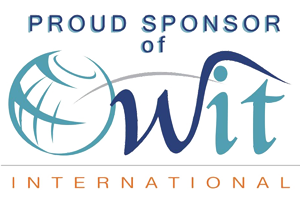- Contact Us Now: (202) 589-1834 Tap Here to Call Us
FTC Urges FDA to Clear Uncertainty over Whole Grain Food Statements
On April 28, the Federal Trade Commission (“Commission”) authorized the staffs of the Bureau of Consumer Protection, Bureau of Economics and Office of Policy Planning to file comments with the U.S. Food and Drug Administration (“FDA”) concerning the FDA's recently issued draft guidance for industry and agency staff on labeling statements about the whole grain content of food products. The 2005 Dietary Guidelines for Americans, issued by the FDA and the Department of Health and Human Services (“HHS”), include a new and greater emphasis on whole grains as a way to reduce the risk of chronic diseases and manage weight. For the first time, they also contain a specific recommendation that people consume three or more ounce-equivalents of whole grain products per day.
U.S. Department of Agriculture (“USDA”) consumption data suggests, however, that Americans are falling far short of these dietary recommendations. The FDA's “Draft Guidance for Industry and FDA Staff: Whole Grain Label Statements,” a question and answer format document, clarifies what grain the FDA considers to be legitimately “whole grain.” It also provides guidance on the types of label statements it will allow to describe the whole grain content of food products and indicates that companies may make factual, quantitative statements, as long as the statements are not false or misleading and do not imply a particular level of a grain ingredient. Claims should not imply, for example, that the food is “high” in whole grain or that a food is an “excellent source” of whole grain.
U.S. Department of Agriculture (“USDA”) consumption data suggests, however, that Americans are falling far short of these dietary recommendations. The FDA's “Draft Guidance for Industry and FDA Staff: Whole Grain Label Statements,” a question and answer format document, clarifies what grain the FDA considers to be legitimately “whole grain.” It also provides guidance on the types of label statements it will allow to describe the whole grain content of food products and indicates that companies may make factual, quantitative statements, as long as the statements are not false or misleading and do not imply a particular level of a grain ingredient. Claims should not imply, for example, that the food is “high” in whole grain or that a food is an “excellent source” of whole grain.
In general, the FTC staff supports the FDA's guidance and believes it will be helpful in clearing up some of the inconsistency and uncertainty about how whole grain foods are marketed. However, the staff believes that both industry and consumers would benefit if the FDA expanded on its guidance. Specifically, the staff recommends that the FDA: 1) reconsider allowing “good source” and “excellent source” claims or suggest alternative permissible ways companies could provide the context that consumers need to help them get their three or more daily whole grain servings; 2) provide additional guidance on the appropriate use of claims such as “100% whole grain,” “whole grain,” and “made with whole grain”; and, 3) solicit relevant customer perception data and consider conducting copy tests to determine how to best define whole grain-related terms and reduce consumer confusion.
The Commission vote to issue the staff comments was 5-0.
Camelia C. Mazard
202-589-1837
cmazard@dbmlawgroup.com




